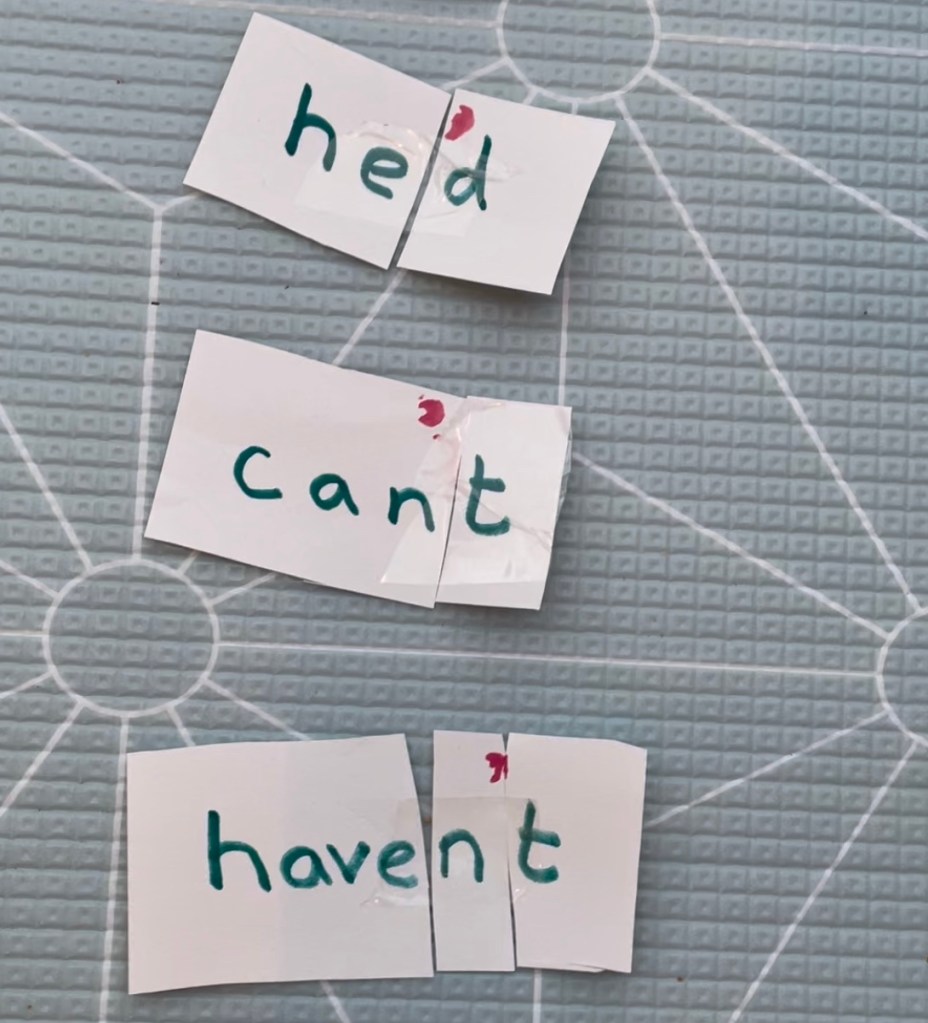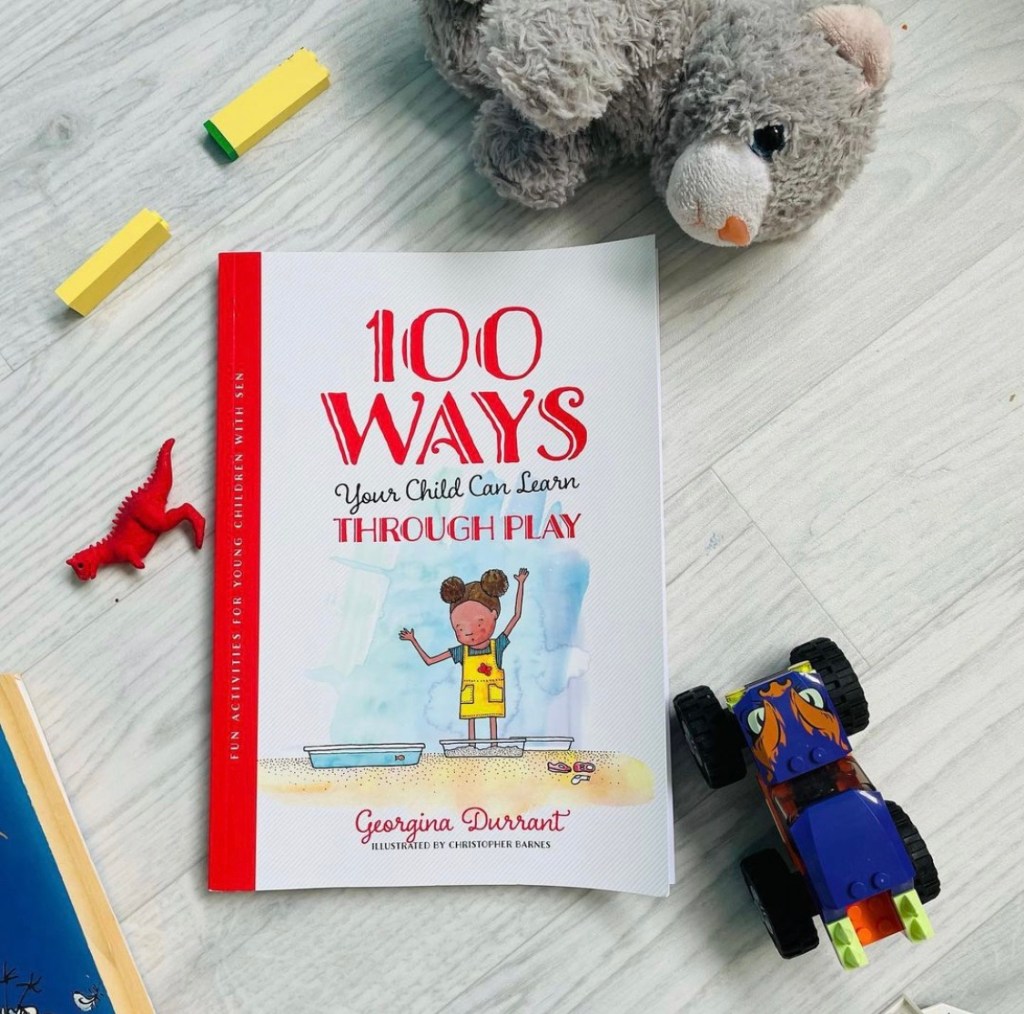Contraction apostrophes are an area of English lessons that lots of children find difficult. It can also be a little dry to learn about! So how can you make it fun?
Firstly what are contraction apostrophes?
Contraction apostrophes are the ones we use when we shorten words. For example, when ‘do not’ becomes ‘don’t’ we put the two words together and miss out the ‘o’ in ‘not’. To show we have missed out the ‘o’ we have to put an apostrophe in the word. This is a contraction apostrophe.
Other examples include
- He’d
- She’d
- Can’t
- I’ll
- Shouldn’t
- Haven’t
- They’ve
Be aware, that as always, there’s tricky examples such as ‘will not’ becoming ‘won’t’. In this one we have to rearrange the letters a bit when contracting it.
How can we make contraction apostrophes fun and memorable to learn about?
Have a go at my interactive contraction apostrophes activity. It’s easy to set up and doesn’t require any additional resources.

What do you need?
- Paper
- Pen
- Scissors
- Sellotape
What do you do?
- Write the words you want to contract onto a piece of paper and cut them into strips to spread out for the kids too choose.
- Ask the children to choose one, read it and then use the scissors to cut out the letters that aren’t included when it’s as the contracted version
- Encourage them to stick the contracted word together with sticking tape
- Then ask them to add the apostrophe where they cut the gap (this is often the hard part for children, remembering where the apostrophe goes, so this can be a good way of helping them see it goes where they physically cut the letter out of the word)
- Repeat with the other words
- Use as a display!
For more play-based learning activities, why not buy my book ‘100 Ways Your Child Can Learn Through Play’ published by Jessica Kingsley Publishers here.




Leave a comment